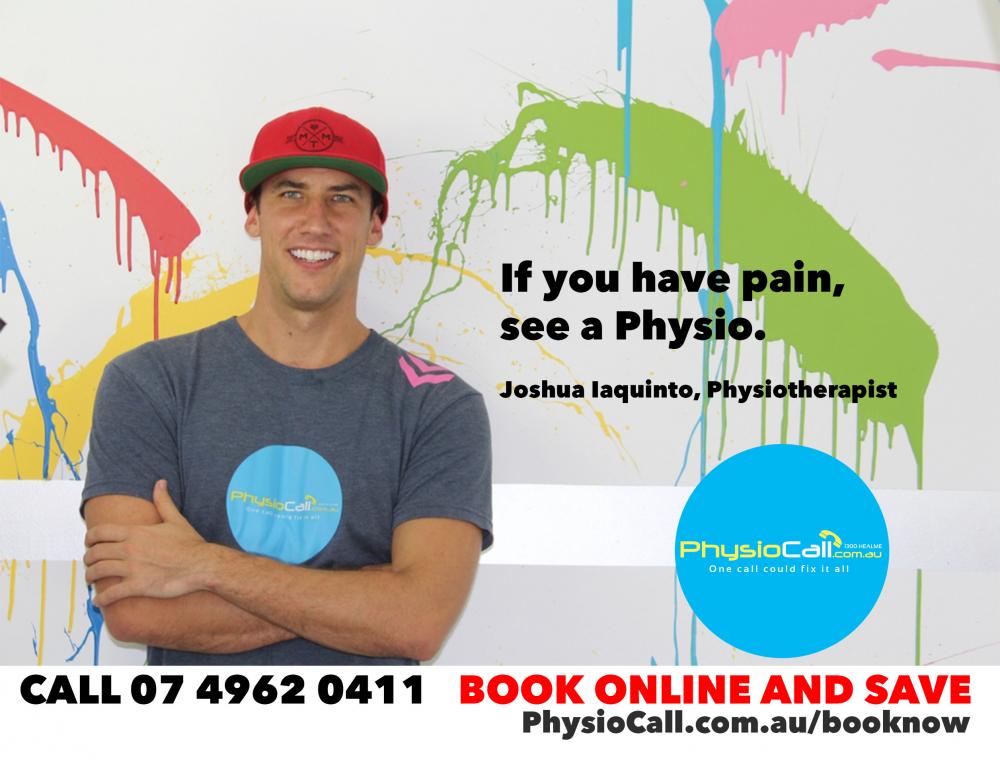Physiotherapists
- are trained to recognize postural distortion patterns and other habits that could predispose you to injury on and off the field, says Dr. Alicia Ferriere, PT, DPT, FAFS, at Finish Line Physical Therapy.
“Physical therapists are movement specialists trained to keep the musculoskeletal system healthy,” Ferriere says. “They are educated to recognize postural habits and biomedical disadvantages of each individual’s unique body.”

Dr. Karen Joubert, PT, DPT, owner of Joubert Physical Therapy in Beverly Hills, says, “A physical therapist can be your quarterback and help guide your team of experts — your personal trainer, nutritionist, doctor — towards your fitness goals.”
Tiffany Ayuda of Life By Daily Burn shows exactly how a physical therapist can be a crucial part of your health team.
WHAT PHYSICAL THERAPISTS CAN DO (THAT YOUR DOCTOR CAN’T)
1. ASSESS YOUR INJURY RISK.
The same way you see your primary care doctor for an annual check-up, Ferriere recommends getting a full movement screen and postural assessment from a physical therapist. Movement screens can let you know where your weaknesses are, and where it’s most important to focus your efforts. “A physical therapist can pick out subtle postural habits that could predispose you to injury depending on your activity. Being aware of these habits, in addition to knowing how to work on them, gives you the tools to stay injury-free all year-long,” Ferriere says.
2. FIND THE BEST TYPE OF WORKOUT FOR YOU.
“[Physical therapists] gather all of your information from prior surgeries, diet, lifestyle, body type, body mechanics and posture to determine what activities would best fit your physique,” Joubert says. Everyone has different muscle imbalances, range of motion and alignment issues, but a physical therapist can spot them and make recommendations accordingly. Have tight hip flexors from sitting all day? Cycling — in a similar seated position — might not be the best choice for you. Meanwhile, if you’ve got tight hamstrings from running several times a week, stretching those muscles with yoga could have positive results.

PTs can also prep you for whatever’s in the pipeline. “If you’re starting a new type of exercise or trying to increase the intensity of a current exercise routine, a prehab program will help you work through your personal issues,” Ferriere says. “Not everyone may be cut out for running or spinning or even yoga, believe it or not!” Joubert explains. Targeted prehab before starting a new sport or challenge will help address muscle imbalances to prevent injury. That can include anything from mobility exercises for improved range of motion to mini band work for glute activation and strength.
Don't wait until you have a problem to see a physical therapist; seeing one before you start a new routine can prevent injuries from happening in the first place.
 3. SPEED UP YOUR RECOVERY.
3. SPEED UP YOUR RECOVERY.Many physical therapists will recommend massage or compression socks, pants or sleeves to help with recovery, in addition to foam rolling and mobility work. But one of the latest perks to heading into your local PT office is the addition of NormaTec compression sleeves. (Think oversized boots designed to massage your limbs as a faster way to speed up recovery.) “They work to compress segments of your legs from your feet to your hips to promote venous return and reduce inflammation,” Ferriere explains. “They help improve overall circulation, bringing new, fresh blood into the tissues to promote healing and recovery.”
No different from a massage, Ferriere recommends using the NormaTec sleeves for at least 20 minutes after a hard workout or a long run. While the sleeves aren’t as specific as human touch, they can help promote overall recovery, Ferriere says.
Another new recovery method that’s taking the rehab world by storm? Blood flow restriction (BFR) training, or occlusion training. BFR involves wrapping a compression cuff or Voodoo floss band around the top portion of a limb. George Vafiades, personal trainer and co-founder of As One Fitness, says BFR restricts your veins from releasing deoxygenated blood from your body back to your heart, which will help activate new cell growth in your muscles. “It’s been studied that you can get the same strength benefits with BFR without the stresses to the muscles of traditional strength modalities,” Vafiades says. But not all PTs employ it, so you’ll have to ask your health care professional if it’s right for you.

4. CORRECT YOUR ALIGNMENT AND POSTURAL ISSUES.
Feel stiffness in your neck and back, or areas of weakness and fatigue? It might be the result of a postural distortion, which can stem from repetitive movements (think: distance running, or carrying a heavy bag on one shoulder) or from muscle imbalances that send your alignment out of whack. With a simple assessment, your PT will be able to pinpoint where your specific issues are and how to deal. “Someone who incorporates high variation in type and direction of movement will have a different postural presentation than someone who performs the same exercise, such as running,” Ferriere notes.
A physical therapist can recommend certain exercises and stretches that help improves your posture and balance.
There are also several types of massages that physical therapists can perform that may help. “Most of us perform neuro-muscular re-education massages. We mobilize (massage) the tissue as we place it through its normal pattern of movement. This is to remind the brain how to move correctly again,” Joubert explains. This article originally appeared on Life by Daily Burn.
Don't miss a beat!
New moves, motivation, and classes delivered to your inbox.
We hate SPAM. We will never sell your information, for any reason.



 3. SPEED UP YOUR RECOVERY.
3. SPEED UP YOUR RECOVERY.

